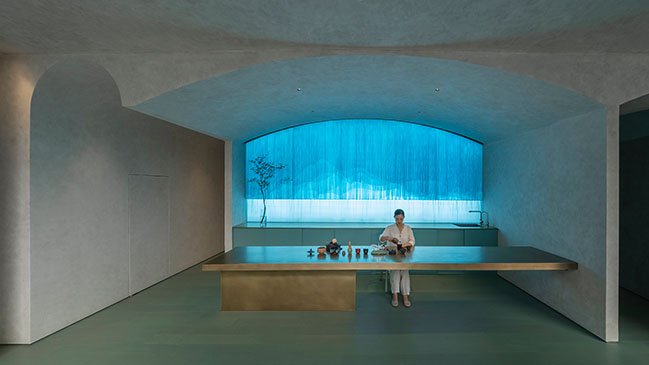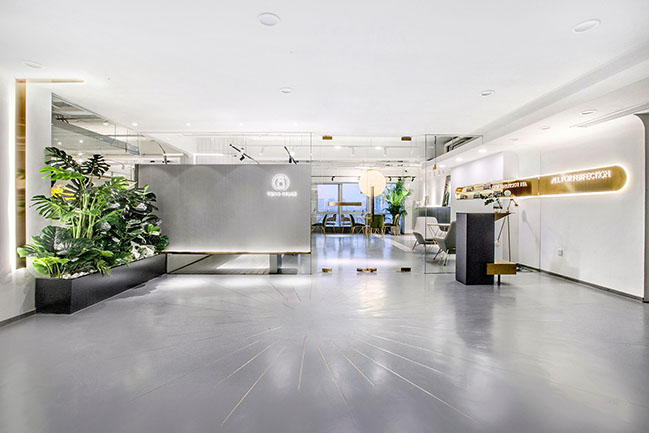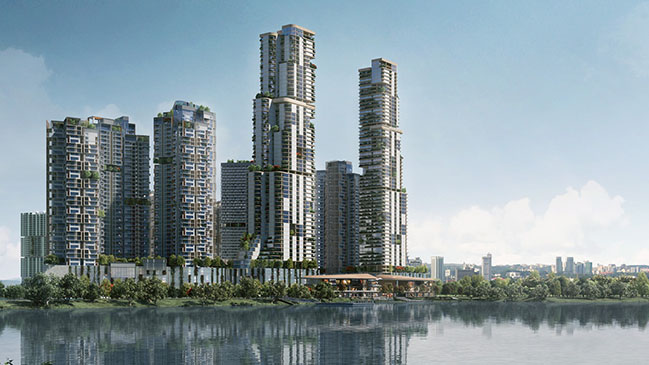11 / 06
2019
On the occasion of the launch of the Enel project to digitalise the Vila Olimpia neighbourhood in São Paulo, Brazil, Piuarch illustrates, in a public initiative, the concept that gives life to inclusive, participatory spaces.
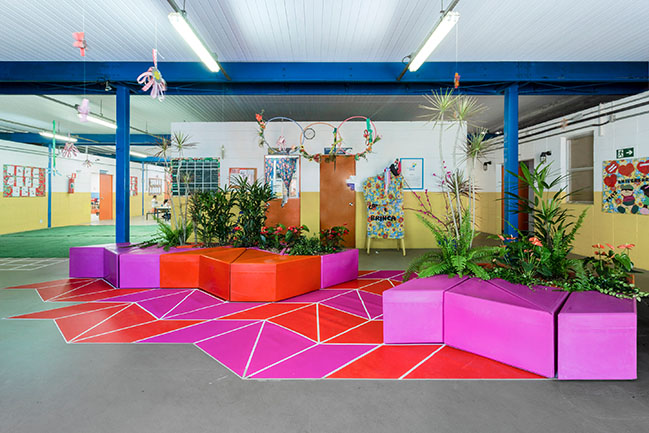
© Massimo Failutti
Architect: Piuarch
Location: São Paulo, Brazil
Year: 2018
Built area: 300 sqm
Landscape Design: Cornelius Gavril

© Massimo Failutti
Project's description: New places for meeting and participation that promote the construction of urban social networks: Piuarch's Espaço project is presented in São Paulo in conjunction with Enel's launch of the programme for the digital transformation of the city's financial and high-tech heart.
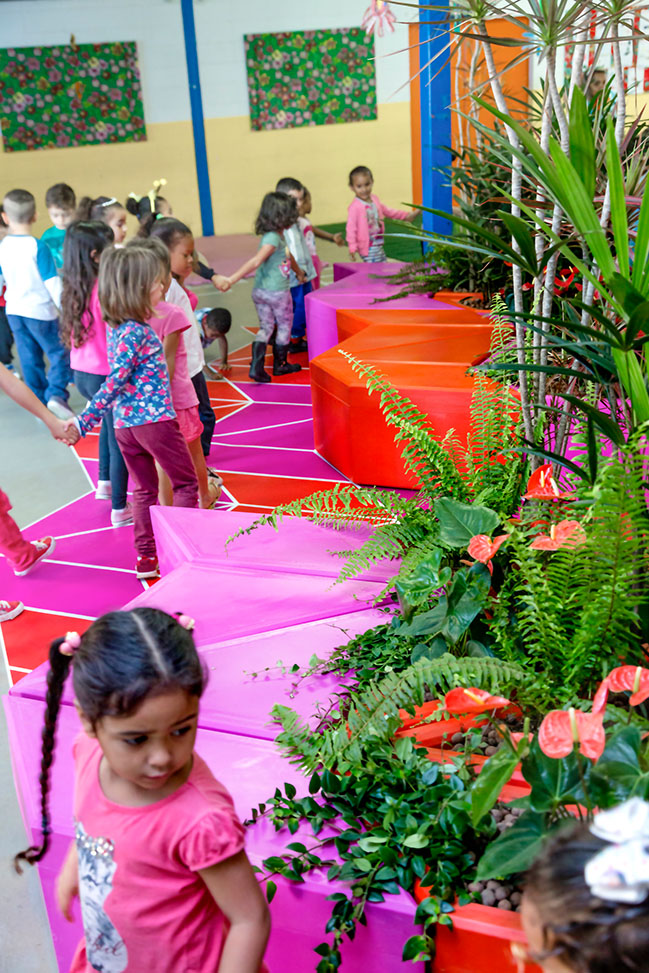
© Massimo Failutti
The occasion is provided by the initiatives being activated by Enel Distribuição São Paulo to initiate the digitisation of the Brazilian network, starting with the Vila Olimpia neighbourhood of São Paulo, where Enel will create a digital, smart and sustainable infrastructure, to make energy distribution more efficient. A project in which innovation, sustainability and circularity are key values in the growth of megalopolises: a growth not only digital, but also social, able to redesign the urban scenario in the name of an inclusive and circular development of the area.
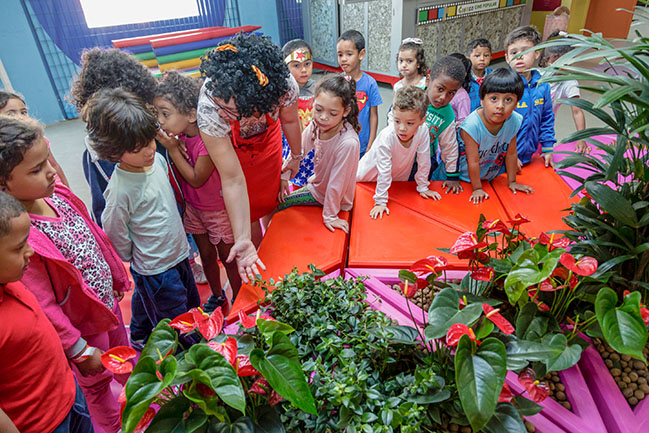
© Massimo Failutti
As the technological network is built up on avant-garde infrastructure, the social network develops, also, through public space. Piuarch's Espaço project was presented in the context of the Enel event as best practice for circular urban spaces: an installation that rethinks and redefines the city, and which represents the meeting point between social and environmental sustainability.

© Massimo Failutti
Espaço grows out of a modular element in recycled plastic that, like a puzzle, can be combined in infinite configurations, customised to specific needs and place. The basic three-dimensional volume can be extruded at different heights to create walk-on surfaces, seats, tables, signage totems, urban vegetable gardens... The results are coloured spaces of aggregation that invite the community to live residual, urban spaces in participatory fashion.
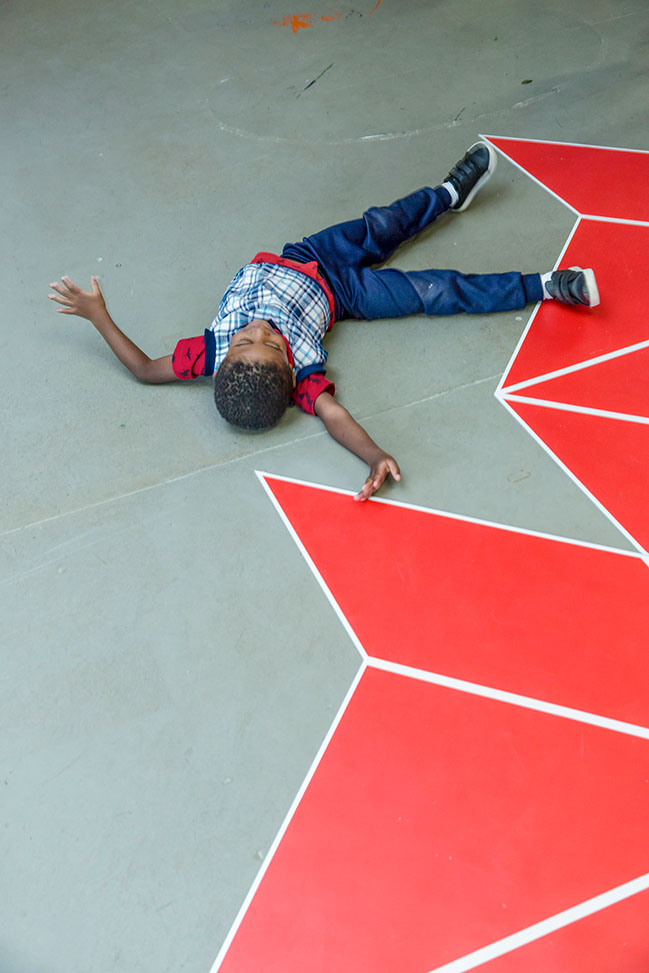
© Massimo Failutti
Espaço was born with a strong urban and cultural identity, based on the study and interpretation of local historical, social and artistic factors. The form of the volumes recalls Mirthes dos Santos Pinto’s graphic design for the pavements of the city: geometric, repeatable and characteristic, it is a true São Paulo icon. The concrete art of Helio Oiticica and Alfredo Volpi’s study contributed to the inspiration and definition of the geometries and colours.
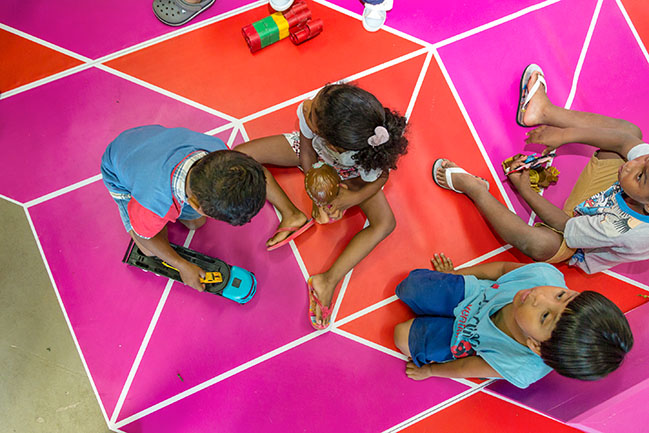
© Massimo Failutti
Versatile and modular, Espaço was designed by Piuarch (together with Duda Mitidiero and with the contribution of Cornelius Gavril for the Landscape Design part) with the aim of stimulating grassroots urban regeneration and community growth.
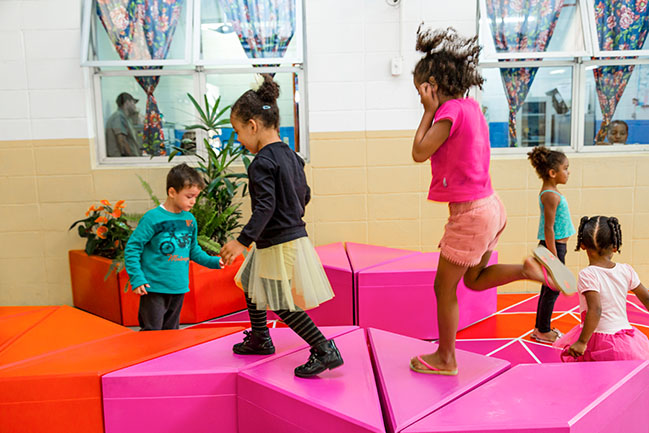
© Massimo Failutti
A project whose social and educational value can be replicated in different parts of the city, creating a widespread system tailored to local needs. This is the social equivalent of the smart grids that Enel is planning to install in Brazil: smart electricity grids that allow energy to be rationalised and distributed efficiently, reducing waste of resources and cutting CO2 emissions.
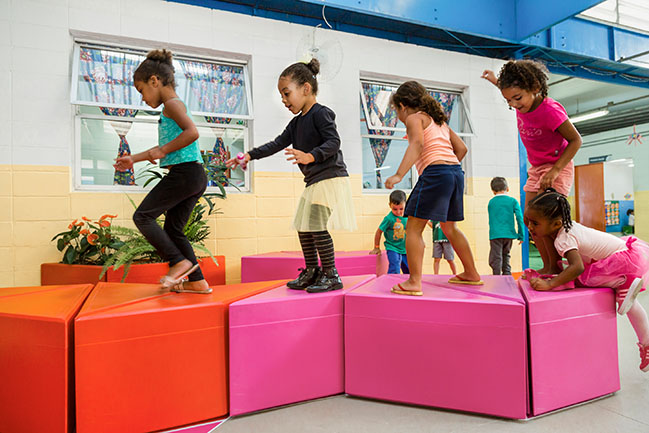
© Massimo Failutti
Following this presentation, the future might see the concept being applied on a large scale, contextual to the digitalisation of the megalopolis, with a view to creating a network of technological, green and play points aimed at developing the local community’s quality of life.

© Massimo Failutti
YOU MAY ALSO LIKE: agrAir installation by Piuarch at Milan Design Week 2018
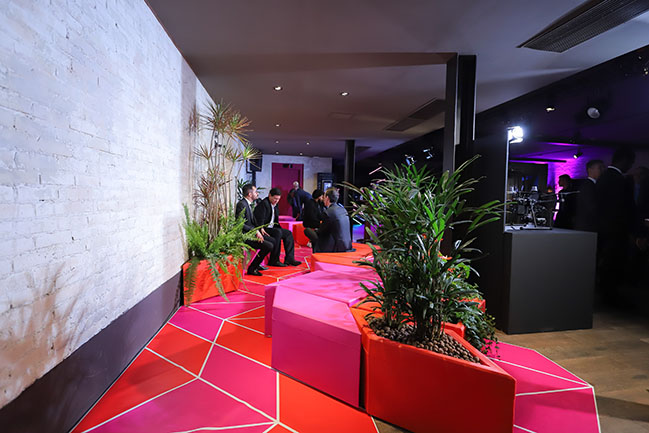
© Massimo Failutti
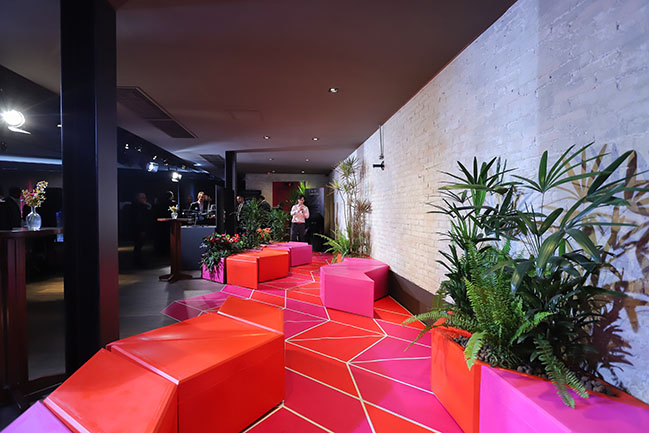
© Massimo Failutti
YOU MAY ALSO LIKE: New Gucci Headquaters in Milan by Piuarch
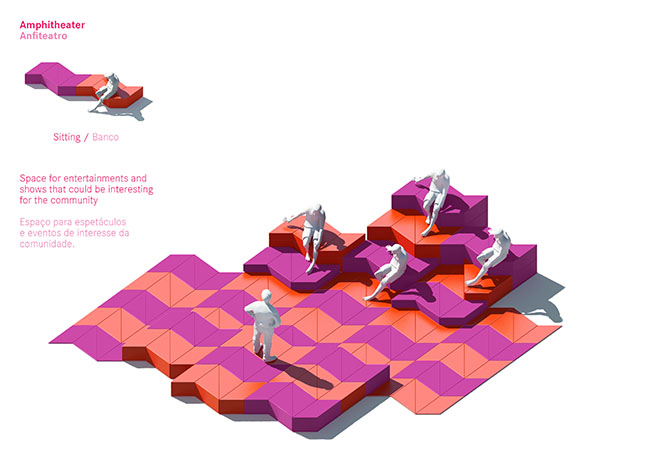
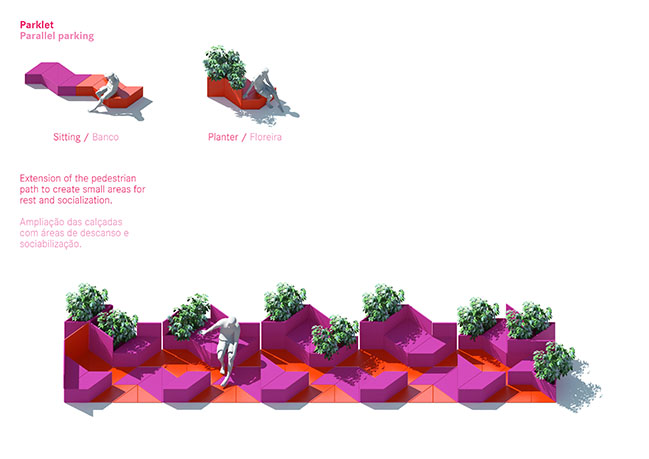
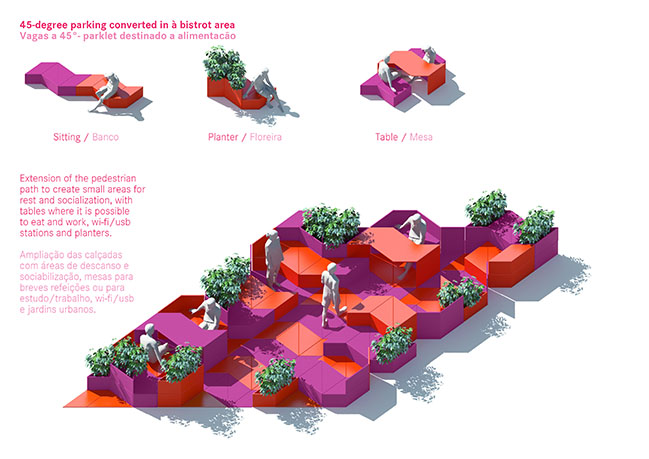

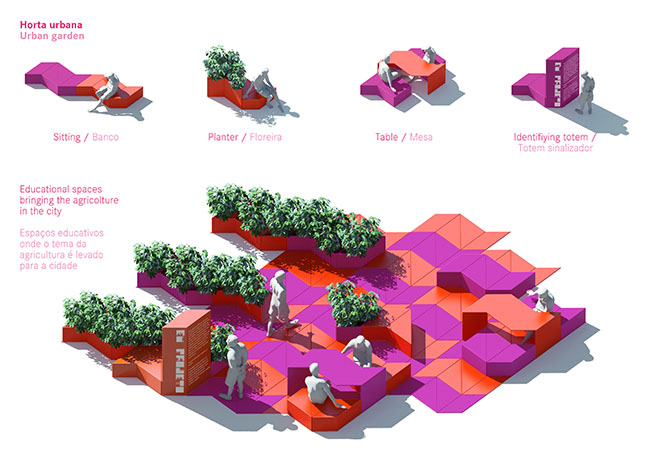
Piuarch presents Espaço in São Paulo: an urban regeneration project
11 / 06 / 2019 On the occasion of the launch of the Enel project to digitalise the Vila Olimpia neighbourhood in São Paulo, Brazil, Piuarch illustrates, in a public initiative...
You might also like:
Recommended post: Pop Art Movement in Lisbon by BRANCO sobre BRANCO
